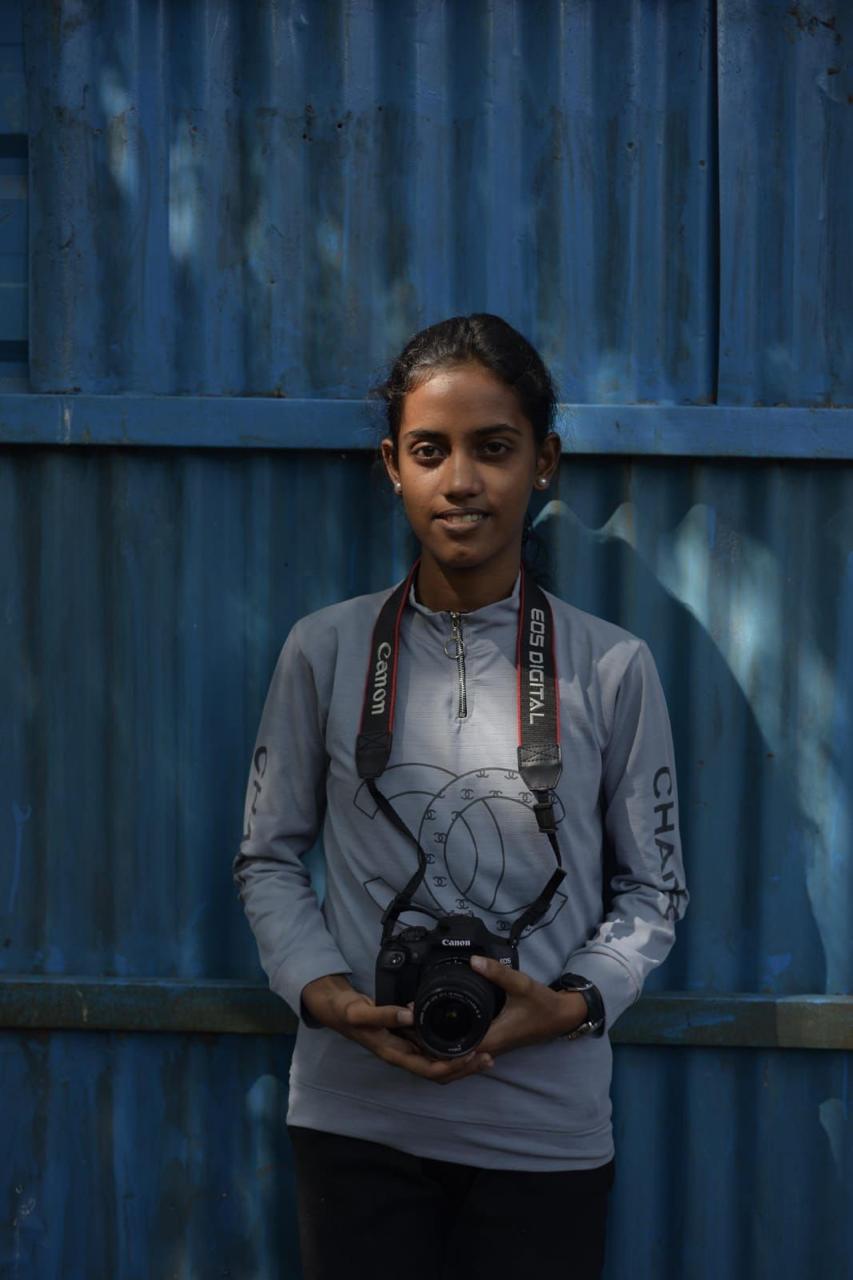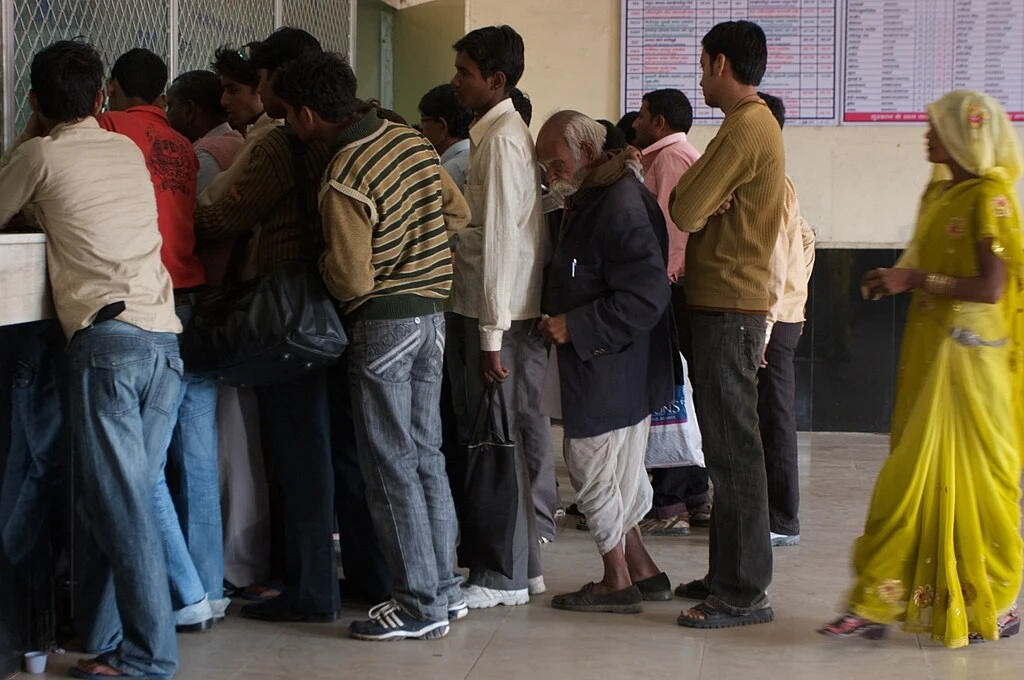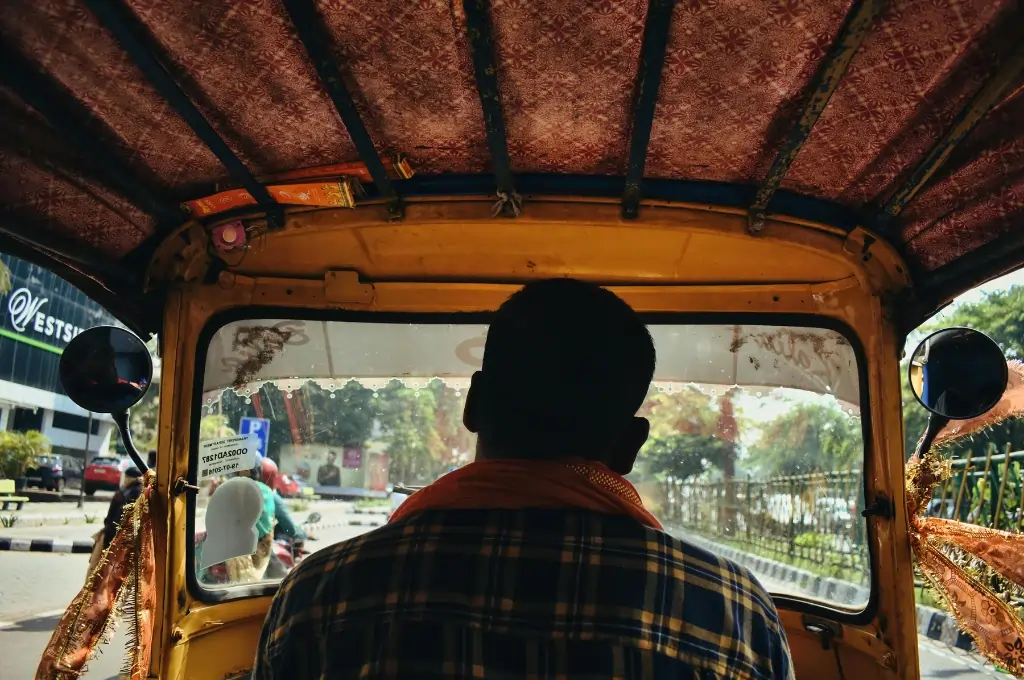Ennore, located in the northern part of Chennai, is a fertile, brackish wetland with a canopy of large mangrove forests. Surrounded by the Kosasthalaiyar river, the Ennore creek, and the Bay of Bengal, it serves as a refuge for a wide range of bird species. Previously, the land in Ennore was a salt pan and utilised for agriculture. But the lush area is now turning uninhabitable for the residents. In the 1960s, the Tamil Nadu government initiated the re-zoning of the Ennore–Manali region into petrochemical and coal-based industries. The area is now home to more than 30 red-category industries. A majority of Ennore residents—who are primarily from working class backgrounds and belong to scheduled caste and scheduled tribe communities, including the Irular tribe and the Sembadavar fishing community—rely on fishing in the Kosasthalaiyar river and the Bay of Bengal. But emissions and residues released from nearby industries such as the North Chennai Thermal Power Station, Ennore Thermal Power Station, Chennai Petroleum Corporation Limited, and Adani ports cause severe environmental degradation, pollute the air and water, and impact people’s health and livelihoods.

One of the primary causes for the devastation in Ennore is the North Chennai Thermal Power Station (NCTPS). It was established by the Tamil Nadu Generation and Distribution Corporation Limited (TANGEDCO) in 1994. The NCTPS was commissioned to generate electricity; it releases an enormous amount of hot water into the Kosasthalaiyar river during the process, which destroys marine life and severely impacts the fishing communities. The plant’s pipeline also carries and discharges fly ash—a residue formed by burning coal and containing toxic chemicals—to the ash pond.
TANGEDCO is already expanding the NCTPS into phases two and three. Yet, they haven’t replaced the pipelines that were laid during phase one in 1994. Fly ash is carried as a slurry with seawater and leaks into the Kosasthalaiyar river from old pipelines, becoming the key reason for the river’s deterioration. Not just NCTPS, but the Ennore Thermal Power Station (ETPS), established in the early 1970s, also releases a staggering 2,500 tons of fly ash per day. As a result, the fish and prawns have become tasteless, even turning grey in colour. For the over 8,000 regular fishers and 1,000 members of the Irular tribe in Ennore, whose livelihoods are entirely dependent on fishing, this is a dire predicament.


Fly ash not only causes water pollution, but also contributes to air pollution. The inhabitants of the area experience a range of health consequences as a result of the ash-mixed air, with an increasing chance of contracting diseases such as cancer and tuberculosis and many skin and respiratory ailments.

The fish caught by the fishers in Ennore used to be sufficient for their livelihood. At present, the disappearance of most species is severely affecting the aquatic food chain, reducing the resources available for harvesting in the creek. As a result, fisherfolk have to find alternate contract work in the form of daily-wage manual labour jobs or low-paying positions at factories, such as gardener, watchman, or supervisor. The tribal communities face additional problems due to the lack of appropriate equipment for fishing. They typically use their hands to catch the prawns, and are constantly exposed to the pollutants. As they have been doing this work for generations, it’s difficult for them to leave their traditional work.

Many residents have moved away from the Ennore region because of the threat to their livelihoods and health. A few villages that haven’t yet been relocated by the government, such as Seppakam and Kuruvimedu, are on the verge of destruction. Maheshwari, a resident of Seppakam says, “Everyone in this area has health issues; we don’t have a hospital here. Most of the kids have skin infections on their legs because they play on the road covered in fly-ash dust. Our houses and the environment are filled with ash dust, which we inhale all the time. We used to get good-quality groundwater before this industrial development. Now, because the groundwater has become salty and poisonous, we have to pay money to buy drinking water. Our village’s condition is worsening day by day.”

Effluents and sewage from Manali, another part of North Chennai, and the city’s interior also reach Ennore via the Buckingham canal. The Chennai Petroleum Corporation Limited (CPCL), a public sector refining business, releases oil into the Buckingham canal on a daily basis from Manali. On December 4, 2023, CPCL pumped an estimated 24,000 litres of crude oil into the Buckingham canal during the Michaung cyclone. From the canal, the crude oil spilled into the Bay of Bengal, the biodiverse Ennore creek, and the Kosasthalaiyar river, damaging the surrounding environment and making the water unsuitable for fishing. The oil spill entered the houses of Ennore’s residents because of flooding, making it difficult for them to live.
Environmentalist Nityanand Jayaraman stated, “In 2017, there was a comparable oil spill in the Ennore sea. We previously used buckets to clean; this time, we had to use bathroom mugs. Nothing has changed—the situation is as bleak as before.” Despite Chennai being known as a modern metropolis, the government did not provide up-to-date technology or resources to the people of North Chennai to clean up the oil spill.


In the immediate aftermath of the spill, up to 2,301 fishing families were affected and 787 boats were damaged. Fisherfolk reported fish deaths in the river and estuary, and several birds and animals have also been affected. These communities struggle to make ends meet when there are no fishing opportunities, and they claim that the offered compensation of INR 12,500 is inadequate.
Due to exposure to the poisonous oil and its odour, residents of the villages close to the spill are suffering from various physical conditions such as giddiness and irritation of the skin and eyes.
Although the authorities eventually cleaned up the floating oil in the river, the river beds were completely ruined, and high-density oil particles remain in the water. The impact of the spill was spread across 20 square kilometres, including several residential areas such as Thiruvotriyur, Nettukuppam, and Ennorekuppam. Nobody wishes to consume fish from Ennore any more, not even the locals, as every fish has an oily odour to it. Some want to buy fish stocks worth INR 1,000 for as little as INR 100.

In addition to the oil spill caused by polluting industries, another significant source of damage to marine life is the presence of the Kamarajar and Adani ports in Ennore. The ports remove the mud from the river bed, which acts as a natural barrier, to facilitate the entry of ships, thereby disrupting the marine ecosystem.
Murthi, a resident of Kattupalli village, explains how mud at the sea’s surface is crucial for fish breeding and reproduction. “Thirty to 35 years ago, we used to get a greater variety of fish in the sea, including vanjaram, mavlaasi, serra, black vaval, and paara,” Murthi recalls. “We had very few nets to capture the fish, but we could still manage to catch a great number. In fact, we didn’t have enough buyers for the fish we brought to the market.” At present, the Kamarajar and Adani ports dredge the sea’s mud, impacting marine fishing. The mud used to mound in different places—Kattupalli, Kodaapaatu, Kaalanji, Laakpaat, and Koiradi—spanning roughly six kilometres in the sea. But now, because of dredging, there is no mud and no more marine resources.
The expansion of one of the Adani ports was halted due to questions about the environmental consequences, since Ennore acts as a flood barrier for the rest of Chennai. Expanding the port could destroy nature, mangroves, backwaters, and coastal areas, affecting all of Chennai.

Yet another polluter in Ennore is the Coromandel factory, the undersea pipeline of which led to the leakage of ammonia gas on December 26, 2023. From December 27, 2023, for more than 100 days, people protested for the closure of the factory. The Tamil Nadu Pollution Control Board (TNPCB) imposed a fine of INR 5.92 crore in environmental compensation on the Coromandel factory.

“We will be at peace only after this company is shut down. These days, we always live in fear of ammonia. The leak was a small one, but if it had happened for longer than 15 minutes, we would not be alive today,” said Vimala, a local resident of the affected area in Ennore. However, the judgement by the Southern Bench of the National Green Tribunal allowed Coromandel International Limited to resume ammonia offshore pipeline activity after obtaining a no-objection certificate from the TNPCB and the Directorate of Industrial Safety and Health, subject to approvals from the Tamil Nadu Maritime Board and the Indian Register of Shipping.
After this judgement, the protests were completely brought to a stop by the authorities.

The negligence of industries towards the people, land, and water bodies in Ennore is the root cause of the ongoing issues and the region’s gradual destruction. Residents are demanding urgent measures to save Ennore. They call for red-category industries to comply with environmental laws, halt expansion projects, and stop new constructions. The Kosasthalaiyar river, used as a waste disposal site by these industries, is a focal point of their concerns. While the government is attempting to rehabilitate the river, locals insist that their expertise and needs, especially those of the fishermen with traditional knowledge, should be considered. Additionally, those who have lost traditional livelihoods due to environmental degradation are demanding government-provided jobs to ensure survival.
‘Sembadavar’ was misspelled in an earlier version of this article. This was rectified on August 13, 2025.
—
Know more
- Listen to this song Poromboke (common resources), about Ennore’s environment crises.
- Read the plan prepared by the people of Ennore for its eco-restoration.
- Learn about why the fishers of West Bengal are shifting to farming.





